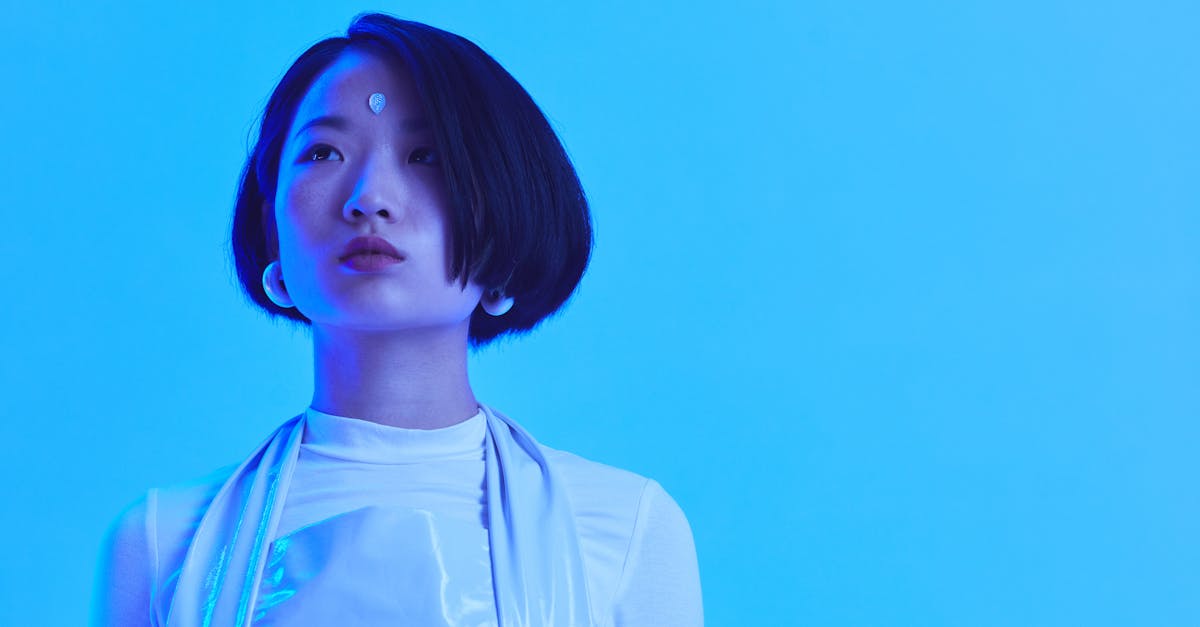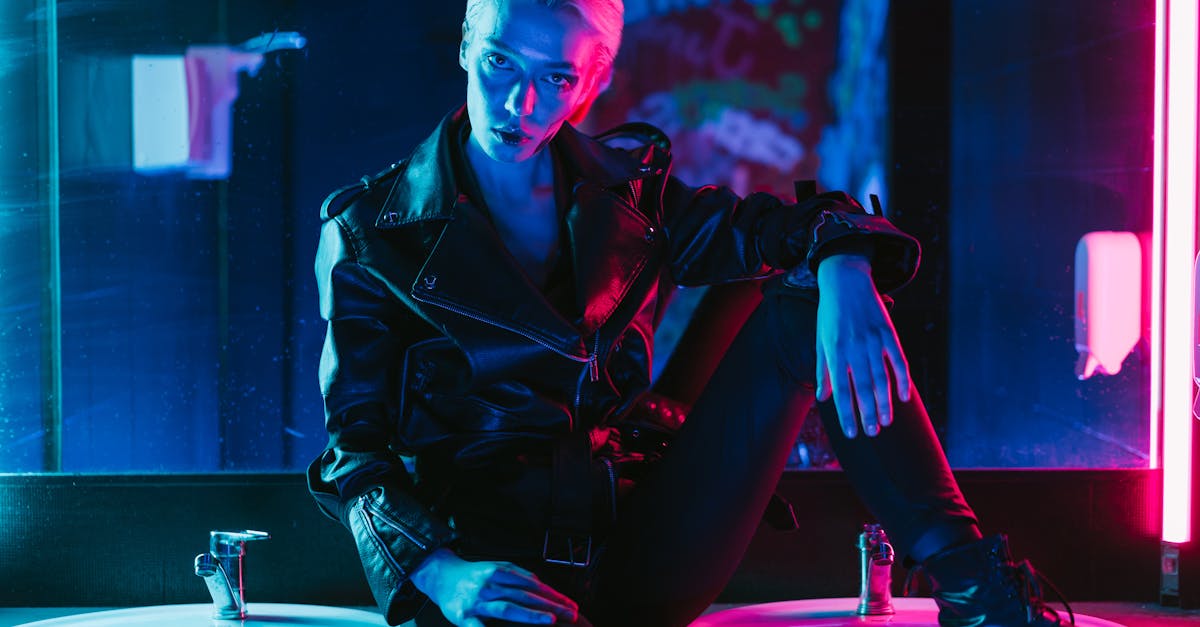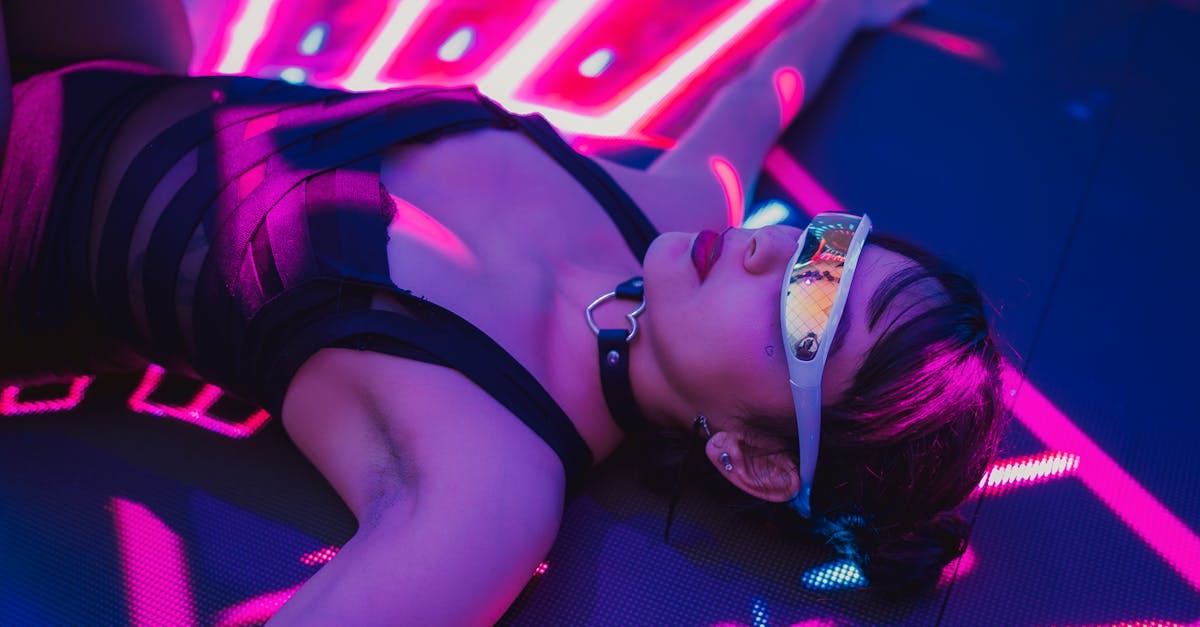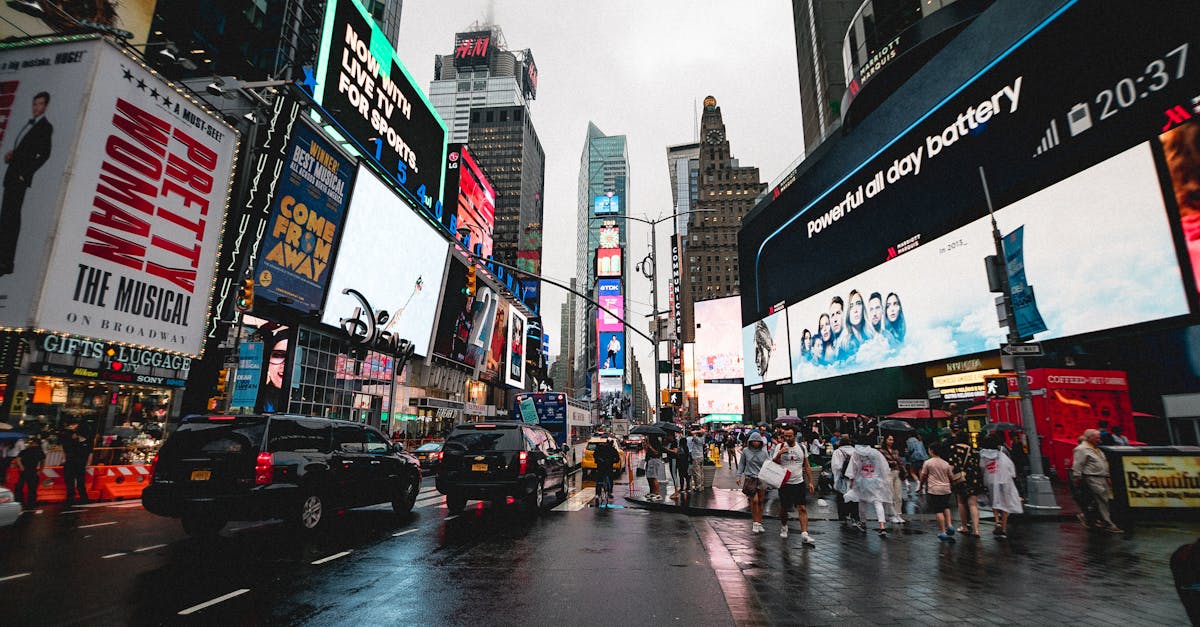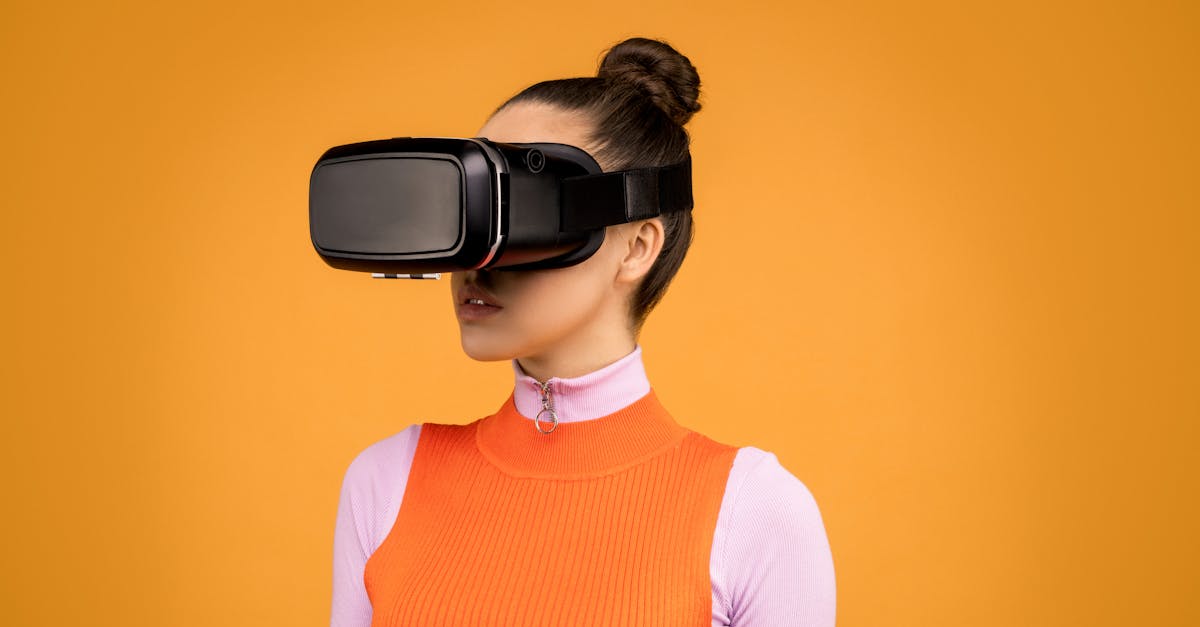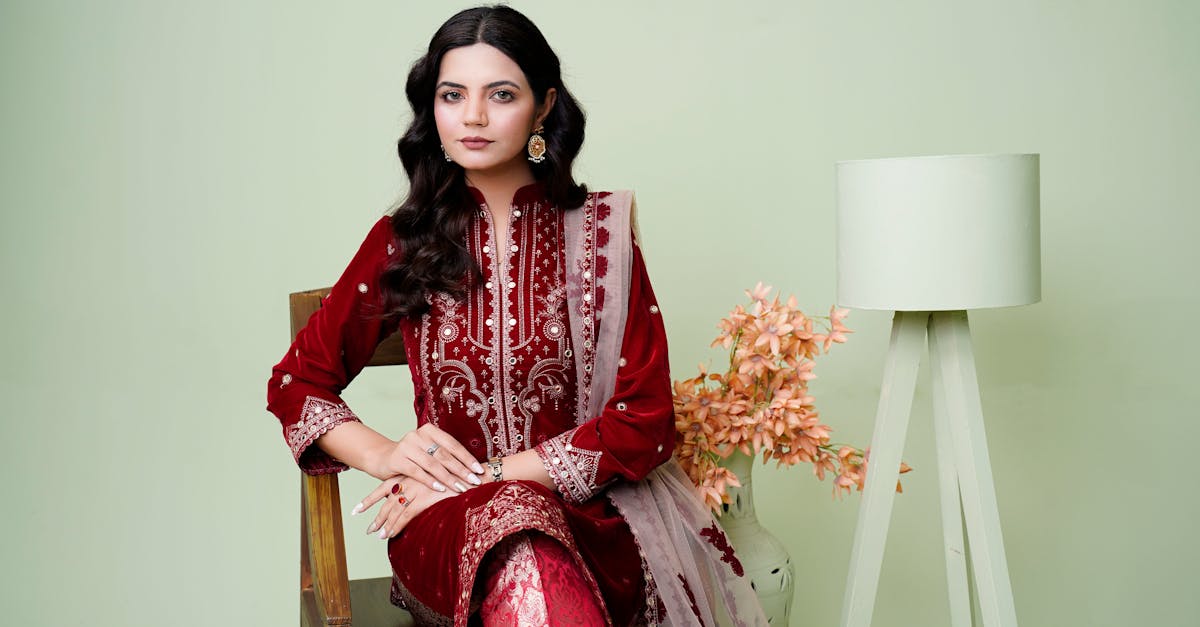Fashion Futures Reimagined Exploring a New Era of Style
Introduction
The world of fashion is on the brink of a revolutionary transformation, driven by advancements in technology, sustainability, and new cultural perspectives. As the industry evolves, designers and brands are pushing boundaries, creating innovative ways to blend style with functionality. Fashion is no longer just about aesthetics; it’s about making statements in sustainability and inclusivity. This shift is not only enhancing how fashion is created but also how it is consumed. Emerging trends such as digital clothing and sustainable materials are reimagining traditional notions of style. Thus, understanding these changes is crucial for anyone keen to stay ahead in the ever-evolving fashion landscape.
Advertisement
Technological Innovations Redefine Fashion
Advancements in technology are reshaping how fashion is designed, manufactured, and experienced. 3D printing technology, for instance, allows for bespoke garments tailored perfectly to individual measurements. Augmented reality (AR) and virtual reality (VR) provide immersive shopping experiences, enabling consumers to virtually try on clothes before purchasing. Blockchain technology is enhancing transparency in the supply chain, ensuring authenticity and traceability of products. Smart textiles, integrated with sensors, enable garments to change color or adjust according to environmental conditions. These technological strides are not just making fashion more interactive but also highly personalized and sustainable.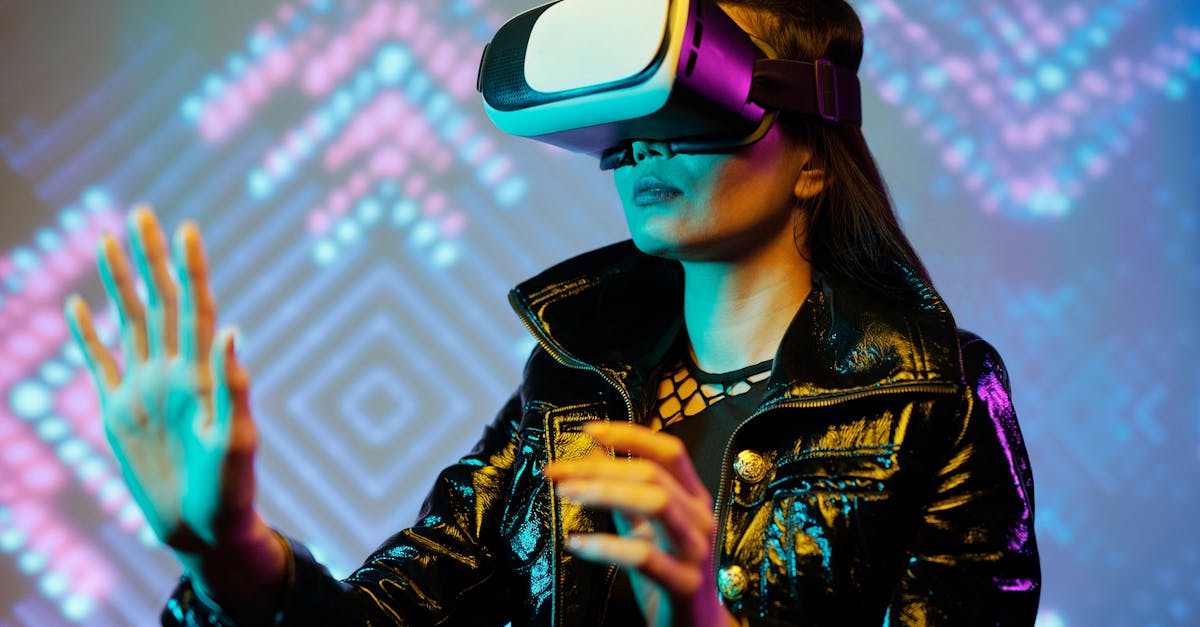
Advertisement
Sustainability Takes Center Stage
Fashion's environmental impact is prompting a shift towards more sustainable practices. The rise of eco-friendly materials like hemp, organic cotton, and bamboo is reducing the carbon footprint of clothing production. Brands are adopting circular economy principles, focusing on the reuse and recycling of garments to minimize waste. Slow fashion, an approach advocating for quality over quantity, is challenging the fast fashion model. Initiatives such as clothing rental services and take-back schemes encourage prolonged use and second-hand selling of garments. As environmental consciousness grows, consumers increasingly demand transparency and responsibility from fashion brands.
Advertisement
Digital Fashion Takes Flight
A surge in digital fashion is transforming how consumers engage with style. Virtual garments provide cost-effective opportunities for brands to showcase collections digitally, reducing physical inventory and waste. Digital fashion houses are creating entirely virtual outfits, allowing consumers to wear and share their fashion sense online without physical production. This virtual presence is becoming particularly relevant with the rise of digital platforms and online events. Digital fashion blurs the line between the consumer and creator, democratizing access to high fashion while offering a limitless canvas for creativity.
Advertisement
The Role of Artificial Intelligence
Artificial Intelligence (AI) is playing an increasingly prominent role in fashion's future. AI-driven tools predict fashion trends by analyzing vast amounts of online data, enabling brands to cater to consumer preferences with precision. AI also optimizes manufacturing by streamlining production processes and minimizing fabric waste. Personalized shopping assistants, powered by AI, enhance the consumer experience by recommending personalized styles based on browsing history and preferences. AI's predictive analytics improve inventory management, reducing overproduction and unsold stock. This fusion of fashion and technology is transforming how brands engage with their customers and operate efficiently.
Advertisement
Diversity and Inclusivity in Fashion
The fashion industry is finally acknowledging the importance of diversity and inclusivity. Brands are expanding size ranges, catering to varied body types and promoting representation across races, genders, and abilities. Runways and advertising campaigns are showcasing diverse models, reflecting real-world demographic shifts. Adaptive fashion, designed for individuals with disabilities, is gaining momentum, emphasizing the importance of practical yet stylish clothing. Schools and institutions are introducing curriculums that explore inclusive design, ensuring future designers prioritize diversity in their creations. These changes are slowly but surely challenging stereotypes and democratizing fashion.
Advertisement
The Resurgence of Craftsmanship
As the globalized world becomes more interconnected, there's a growing appreciation for craftsmanship and artisanal techniques. Consumers are increasingly seeking handmade products that tell stories and celebrate cultural heritage. Artisans across the globe are revitalizing traditional techniques, from embroidery to weaving, creating unique, high-quality pieces. The resurgence of craftsmanship goes hand in hand with consumers’ desires for authenticity and quality over mass production. Brands are recognizing this shift, collaborating directly with artisans to bring handmade goods to a larger audience, fostering economic empowerment in regional communities.
Advertisement
E-Commerce Evolution
E-commerce is continually evolving, transforming the fashion retail landscape. With the proliferation of mobile and voice commerce, online shopping is becoming more seamless and accessible. Enhanced payment solutions, such as cryptocurrency, are emerging as popular options, paving the way for frictionless transactions. Social shopping—integrating e-commerce with social media—allows consumers to purchase directly from their favorite platforms. As traditional retail spaces adapt, omnichannel strategies offer consumers a blend of in-person and digital shopping experiences. E-commerce, driven by innovation, is poised to dictate future purchasing behaviors in fashion.
Advertisement
Future Trends and Predictions
As the fashion industry moves forward, several exciting trends loom on the horizon. Integration of artificial intelligence with AR technologies holds the potential for hyper-personalized shopping experiences. The growth of niche markets in sustainable and adaptive fashion will continue to gain considerable traction. The focus on fashiontech, combining technology and design, will birth futuristic garments that offer multifunctional benefits. Greater cross-industry collaborations will redefine how fashion interacts with other disciplines. These trends are set to redefine paradigms in style, forging a new era in fashion innovation.
Advertisement
Conclusion
The future of fashion is a dynamic convergence of technology, sustainability, and inclusivity. As digital and physical realms blend, new opportunities arise for designers, brands, and consumers. Fashion's commitment to diversity and environmental consciousness is reshaping cultural narratives and expectations. Ultimately, these changes are more than just fleeting trends—they are crafting a robust framework that will define fashion's legacy for years to come. By embracing these transformative advancements, the fashion industry is set to embark on an exciting new chapter, rich in possibilities and endless creativity.
Advertisement
